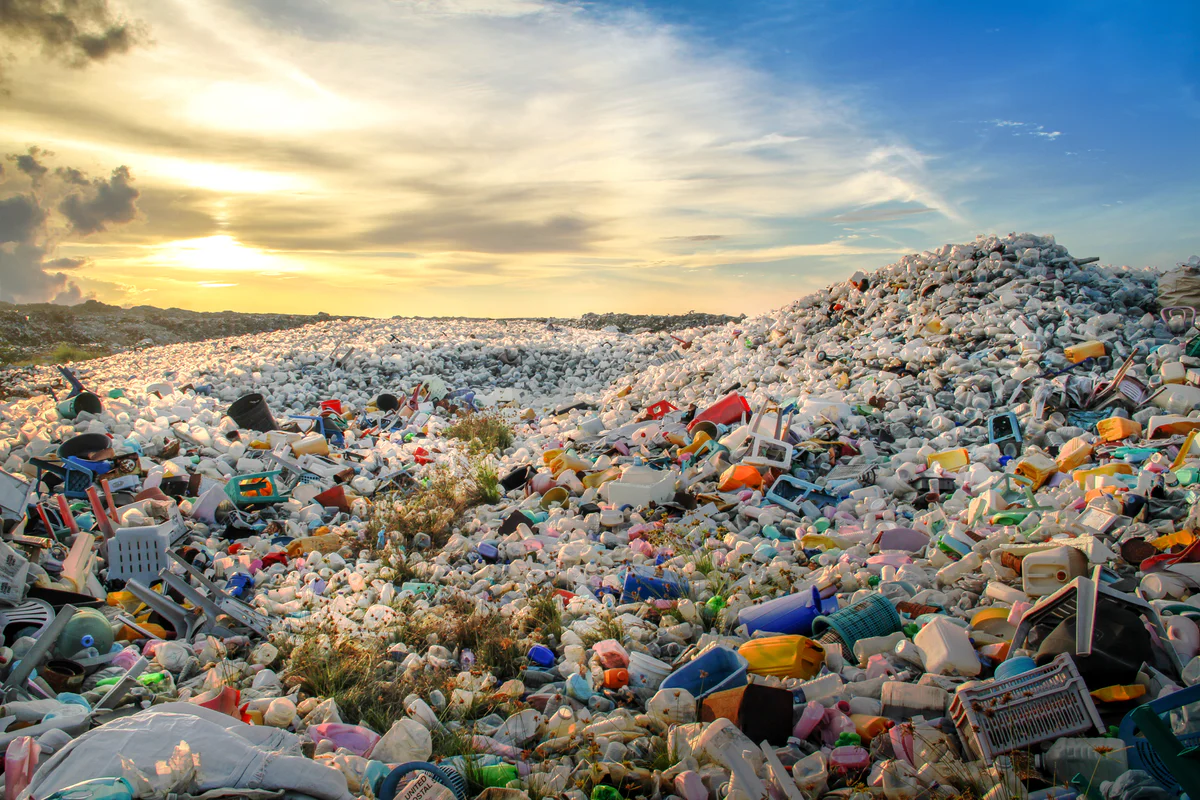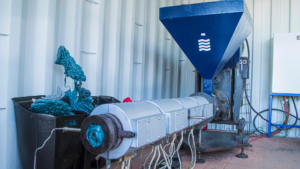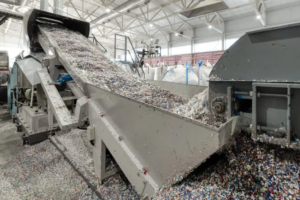Book Appointment Now

Optimizing PP Plastic Pellet Recycling: Machines and Process Recommendations
We all know that the surge in global demand for plastic products has made polypropylene (PP) one of the most widely used thermoplastics. Because of its increased functionality, durability and affordability, PP is used in a wide range of industries including packaging, automotive, construction and consumer goods. However, the large-scale production and consumption of PP also poses plastic waste management challenges, and efficient recycling solutions have become imperative.
Recycling of PP pellets not only reduces the environmental impact of plastic waste, but also provides economic benefits by conserving natural resources and energy. In this paper, the various aspects of optimizing the PP pellet recycling process are discussed in depth, the machinery and equipment involved are described, and recommendations are made to improve efficiency and sustainability.
Understanding the PP Plastic Recycling Process
The recycling process for PP plastic pellets typically involves several stages, each playing a crucial role in ensuring the quality and purity of the recycled material. The primary steps include:
Collection and Sorting
Proper collection and sorting of PP plastic waste are essential to minimize contamination and ensure a high-quality recycling process. Advanced sorting technologies, such as near-infrared (NIR) spectroscopy and optical sorting systems, can effectively identify and separate PP plastics from other materials.
Grinding and Shredding
The collected PP plastics are then subjected to size reduction through grinding or shredding, breaking them down into smaller pieces or flakes. This step facilitates the subsequent melting and extrusion processes.
Washing and Drying
Impurities, such as labels, adhesives, and contaminants, are removed from the shredded PP plastic through a thorough washing process. This step is crucial for ensuring the purity and quality of the recycled material. After washing, the plastic flakes undergo a drying process to remove any residual moisture.
Melting and Extrusion
The cleaned and dried PP plastic flakes are melted and extruded through a die to form continuous strands or pellets. This step requires precise temperature control and specialized machinery to ensure the desired physical and mechanical properties of the recycled PP pellets.
Machinery and Equipment for Optimized PP Plastic Pellet Recycling
The efficiency and quality of the PP plastic pellet recycling process heavily rely on the machinery and equipment employed. Here are some essential machines and their roles:
Sorting Systems
Advanced sorting systems, such as NIR spectroscopy and optical sorters, play a pivotal role in accurately identifying and separating PP plastics from other materials. These systems rely on sophisticated sensors and algorithms to detect material properties and ensure high-purity sorting.
Shredders and Grinders
Robust shredders and grinders are essential for breaking down PP plastic waste into smaller pieces or flakes. Various types of shredders, including single-shaft, double-shaft, and rotary shredders, can be employed depending on the specific requirements and the nature of the PP plastic waste.
Washing and Drying Systems
Efficient washing systems, such as friction washers, float-sink tanks, and hydrocyclones, remove contaminants and impurities from the shredded PP plastic flakes. These systems may incorporate chemical treatments, agitation, and filtration to achieve thorough cleaning. Drying systems, including centrifugal dryers and thermal driers, ensure the complete removal of moisture before the melting and extrusion stage.
Extruders and Pelletizers
Extruders are critical machines in the PP plastic pellet recycling process. They melt and homogenize the cleaned and dried PP plastic flakes, allowing for the formation of continuous strands or pellets. Pelletizers, often integrated with extruders, cut the extruded strands into uniform pellets, ready for further processing or reuse.
Recommendations for Optimizing PP Plastic Pellet Recycling
To enhance the efficiency and sustainability of PP plastic pellet recycling, several recommendations can be considered:
Invest in Advanced Sorting Technologies
Implementing advanced sorting technologies, such as NIR spectroscopy and high-resolution optical sorters, can significantly improve the purity and quality of the sorted PP plastic waste. These technologies minimize contamination and ensure a more streamlined recycling process.
Optimize Washing and Drying Processes
Thorough washing and drying are critical for producing high-quality recycled PP pellets. Continuous monitoring and optimization of these processes, including the use of appropriate chemical treatments, agitation methods, and drying temperatures, can enhance the removal of contaminants and moisture.
Implement Closed-Loop Recycling
Adopting a closed-loop recycling approach, where the recycled PP pellets are reintroduced into the production process for new PP products, can significantly reduce the demand for virgin PP and promote a circular economy. This approach requires close collaboration between PP manufacturers and recyclers to ensure the quality and consistency of the recycled material.
Explore Alternative Recycling Methods
While traditional mechanical recycling is widely adopted, exploring alternative recycling methods, such as chemical recycling or advanced thermal processes, could potentially unlock new opportunities for PP plastic waste valorization. These methods may be particularly suitable for handling highly contaminated or mixed plastic waste streams.
Foster Collaboration and Knowledge Sharing
Collaboration among stakeholders, including PP manufacturers, recyclers, researchers, and policymakers, is crucial for driving innovation and promoting best practices in PP plastic pellet recycling. Knowledge sharing and the dissemination of research findings can accelerate the adoption of optimized processes and technologies.
Encourage Recycling Incentives and Regulations
Governments and regulatory bodies can play a vital role in promoting PP plastic pellet recycling by implementing incentives, such as tax credits or subsidies, for recyclers and manufacturers that embrace sustainable practices. Additionally, stringent regulations and policies regarding plastic waste management can drive the adoption of recycling initiatives.
Summary:
PP plastic pellet regeneration is a comprehensive process that requires advanced machinery and equipment, optimized processes, and full cooperation among stakeholders. This article suggests that PP pellet recycling requires investment in advanced sorting technology, optimization of the washing and drying process, exploration of the potential of the PP pellet recycling industry, and the development of new technologies.


